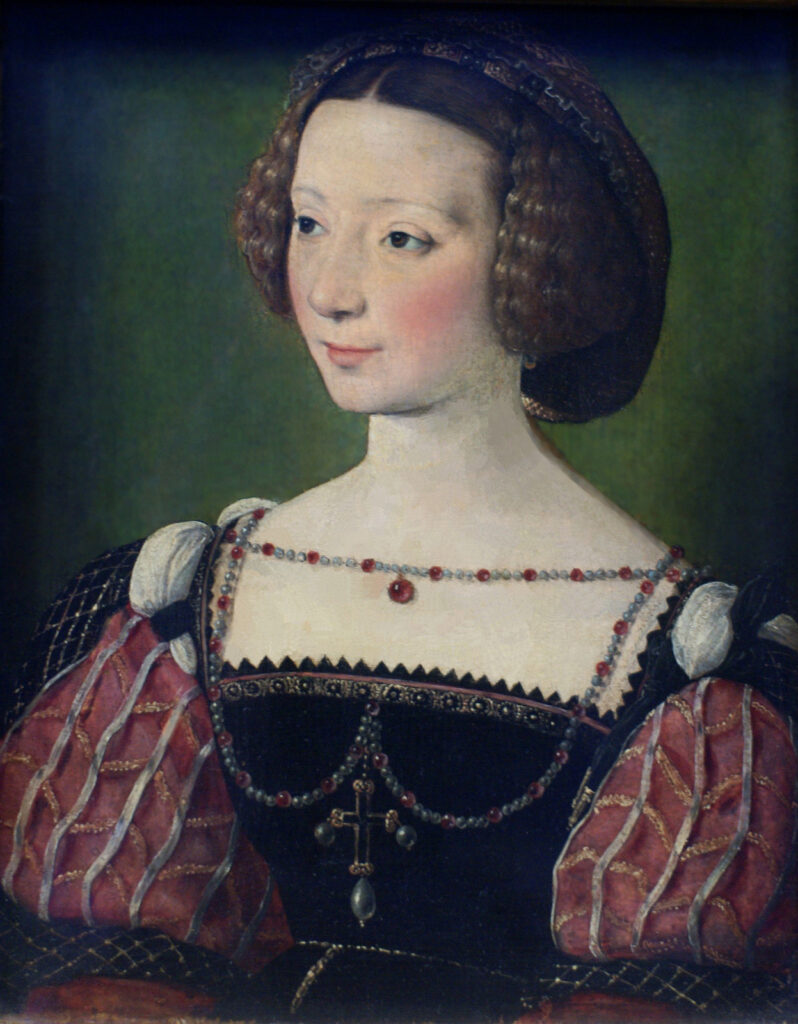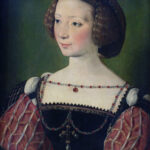
Béatrice De Coligny D’Entremont
Date of Birth
December 21, 1572
Place of Birth
Saint-André-de-Briord, Savoie, France
Towns / Cities Moved Into
Saint-André-de-Briord, Savoie, France |
Rhône-Alpes, France
Known Occupation
-
Religion
-
Spouse
Death Information
Year of death
June 22 1623
Place of death
Rhône-Alpes, France
Cause of death
-
Obituary

Parents

Gaspard Decoligny

Jacqueline Montbel D'Entremont
Marital Status


Married Claude Antoine De Meillon
30 November 1600
Savoie, Rhône-Alpes, France
Siblings





Children




Narrative / Story
In 1572, within the charming confines of Saint-André-de-Briord, Savoie, France, a child named Béatrice De Coligny D’Entremont was born, destined to leave an indelible mark on her family’s history. Her life unfolded against the backdrop of the 30 Years War, a tumultuous period where religious strife was rampant, with King Ferdinand II fervently imposing Catholicism, a conflict that undoubtedly influenced Béatrice and her family, particularly if their religious beliefs diverged from the mainstream.
Béatrice’s journey into matrimony began on July 17, 1600, when she wed Claude Antoine Bon de Meuillon, also known as Claude-Antoine Mius de Meuillon de Montmuran, Sieur d’Albon. This union, celebrated in Savoie, Rhône-Alpes, France, heralded a new era in her life. As a noblewoman, Béatrice’s existence was one of privilege yet laden with responsibilities. Her family’s elevated status provided socio-economic benefits, allowing them to partake in the era’s social milieu comfortably.
While the specifics of Béatrice’s professional life remain elusive, it’s plausible that she played a pivotal role in managing her family’s estate and domestic affairs, supporting her husband in his duties. Her life as a wife and mother was deeply intertwined with the upbringing and nurturing of her children, Philippe Mius D’Entremont, Marguerite D’entremont, Francois Virginie De Meullon, and the Baron De Natage.
The religious discord stemming from the 30 Years War might have had a profound impact on Béatrice and her family, especially if they were Protestant or allied with Protestant sympathizers. In France, where religious disputes were rife, divergent beliefs could lead to discrimination and hardship, although their noble status might have offered some protection from the most severe repercussions.
Béatrice’s life was a tapestry of familial bonds, duties, and the challenges posed by her era’s historical landscape. She witnessed the effects of war and religious strife on her community and nation, living through a period marked by monarchical shifts, the complexities of the Holy Roman Empire, and the quest for religious and political dominance.
Her life came to a close on June 22, 1623, in Rhône-Alpes, France. Following her cremation, her remains were laid to rest, bringing an end to a life rich in love, responsibility, and the unique challenges of her time.
In summary, Béatrice De Coligny D’Entremont’s story is a poignant portrayal of a noblewoman navigating the turbulent waters of religious and political upheaval. Her role as a matriarch and key figure in her family’s estate was significant, intertwined with the broader historical narrative of the 30 Years War and its impact on individuals and communities of her era. Her life, though shrouded in some mystery, remains a testament to the resilience and adaptability of those who lived through one of history’s most challenging periods.